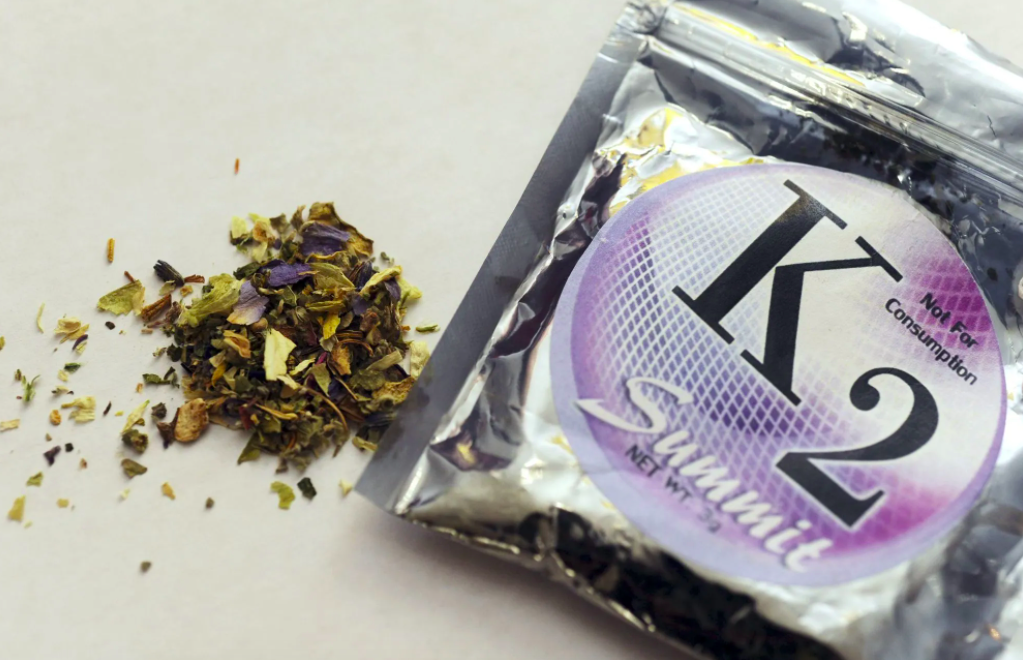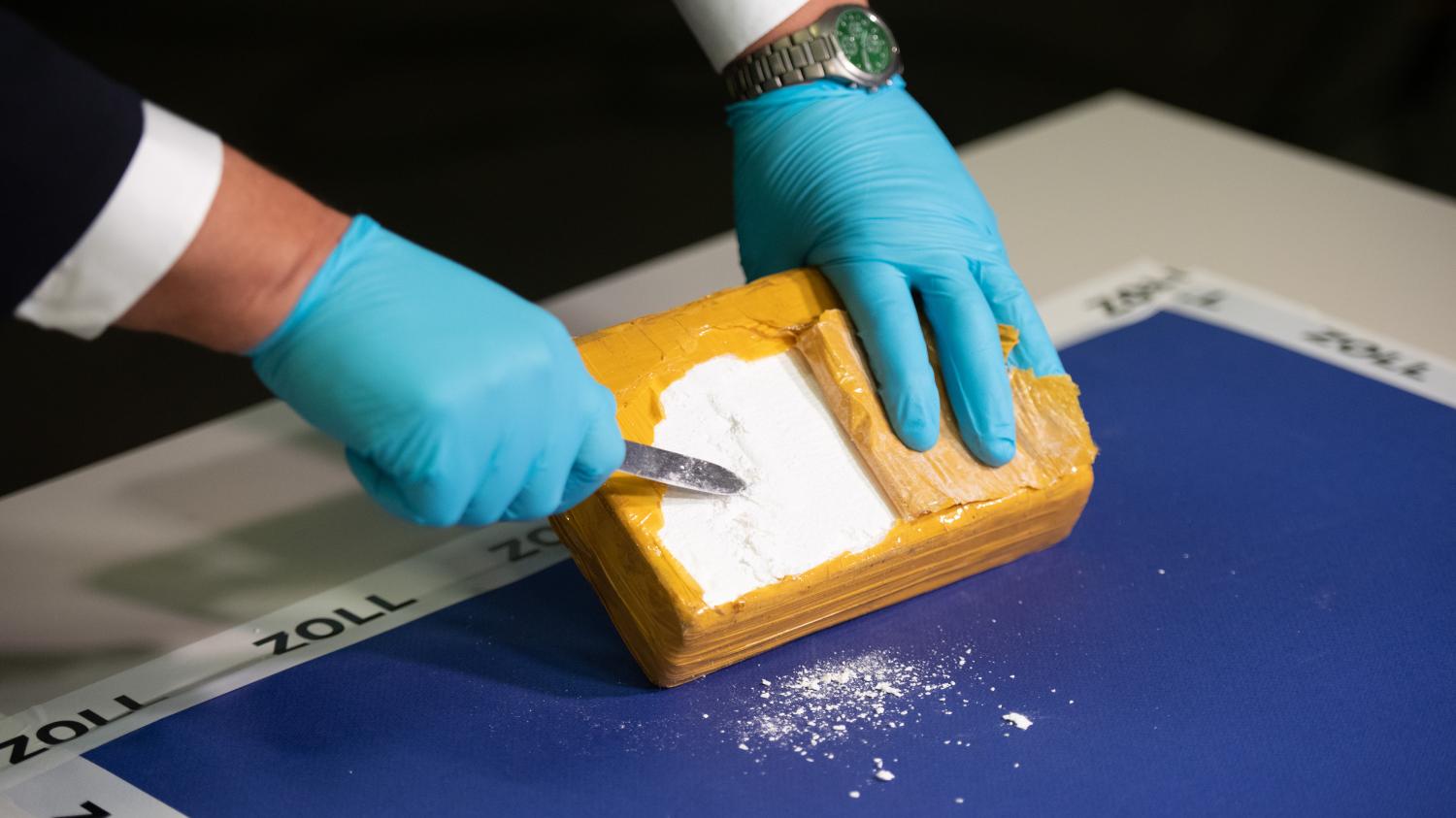Regular use of synthetic cannabinoids like Spice or K2 can lead to severe withdrawal symptoms that can increase the chance of problematic use, according to a new study published in the Psychopharmacology journal.
Synthetic cannabinoid receptor agonists (SRCAs) are chemical compounds designed to mimic the psychoactive effects of natural cannabis. These chemicals are usually sprayed onto inert weed-like dried plant material and sold as Spice, K2, Tiburón, Krispy, or other names, but SRCA vapes and powders have also been seen in the wild. These products can be smoked or vaped just like real weed, but can produce severe side effects, including extreme aggravation, psychosis, panic attacks, confusion, seizures, and even death.
Although the health risks of using Spice are pretty well understood at this point, this new study focuses on withdrawal symptoms. Researchers recruited 284 subjects who were currently using both synthetic cannabinoid products and high-potency natural weed, but had previously tried to quit using Spice. Each subject was asked to compare the severity of withdrawal symptoms and development of tolerance between natural and synthetic cannabis.
Most subjects reported that they began experiencing severe withdrawal effects shortly after they began using SRCAs. These symptoms included sleep difficulties, irritation, bad moods, sweating, heart palpitations, shakes, and cravings for more Spice. More than two-thirds (66.9 percent) of participants said they suffered from at least 3 of these symptoms after using synthetic pot, and 54.9 percent said they suffered at least 4 symptoms. By contrast, less than 10 percent of subjects said they suffered severe withdrawal symptoms after using natural cannabis.
“Despite its origins as a legal substitute for cannabis, our data demonstrate that Spice is a significantly more dangerous substance and those seeking to quit are likely to face a range of severe withdrawal symptoms,” said lead author Sam Craft to the International Business Times. “It is critical, then, that greater effort is made to ensure that Spice is not taken in place of cannabis or any other substance and that individuals suffering difficulties with Spice receive treatment.”
The study also reports that these withdrawal symptoms can be experienced even among people who only use SRCAs infrequently. Spice users also quickly developed a tolerance to the drug, which required them to take larger and larger doses in order to obtain the same high. Nearly half of the participants said that they had difficulty finding the ideal dose to provide the desired effect. The combination of uncomfortable withdrawal symptoms and fast-developing tolerance increases the chances that users will become dependent on Spice.
“These results therefore add to previous literature highlighting the increased risk of harm associated with SCRAs compared to natural cannabis products,” the study authors conclude. The study also points out that since there are relatively few evidence-based detox programs for people who are struggling to quit these synthetic drugs, “there is likely to be a large unmet treatment need among this group.”
Dr. Tom Freeman, senior author and director of the University of Bath’s Addiction and Mental Health Group, told the International Business Times that the study identifies “severe withdrawal symptoms as a significant clinical problem among people who use Spice” and highlights “the critical need for effective treatments to assist people in quitting.”
Previous surveys have found that many people are using Spice instead of real weed in order to avoid failing mandatory drug tests for cannabis. THC can remain in the body for weeks after using natural cannabis, but most standard drug tests do not test for the presence of these synthetic cannabinoids.
“It is possible that policies aimed at discouraging cannabis use (e.g. workplace urine drug screens) may be causing greater health harms by inadvertently leading people to use a more harmful drug (e.g. SCRAs) to avoid detection,” the study authors explain. “It is therefore important that prevention messages aimed at cannabis and other drug use also discourage SCRA use and emphasize their potential for greater harm, whilst the effectiveness of workplace urine drug screens and their risk of displacement to non-detectable substances are reviewed.”











